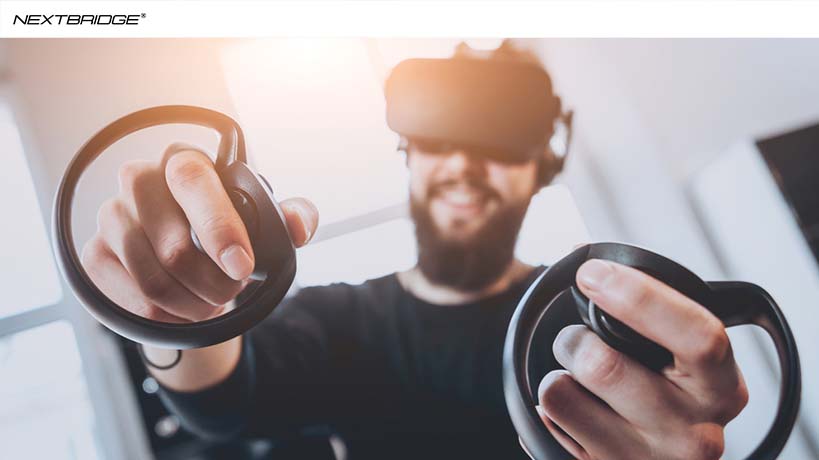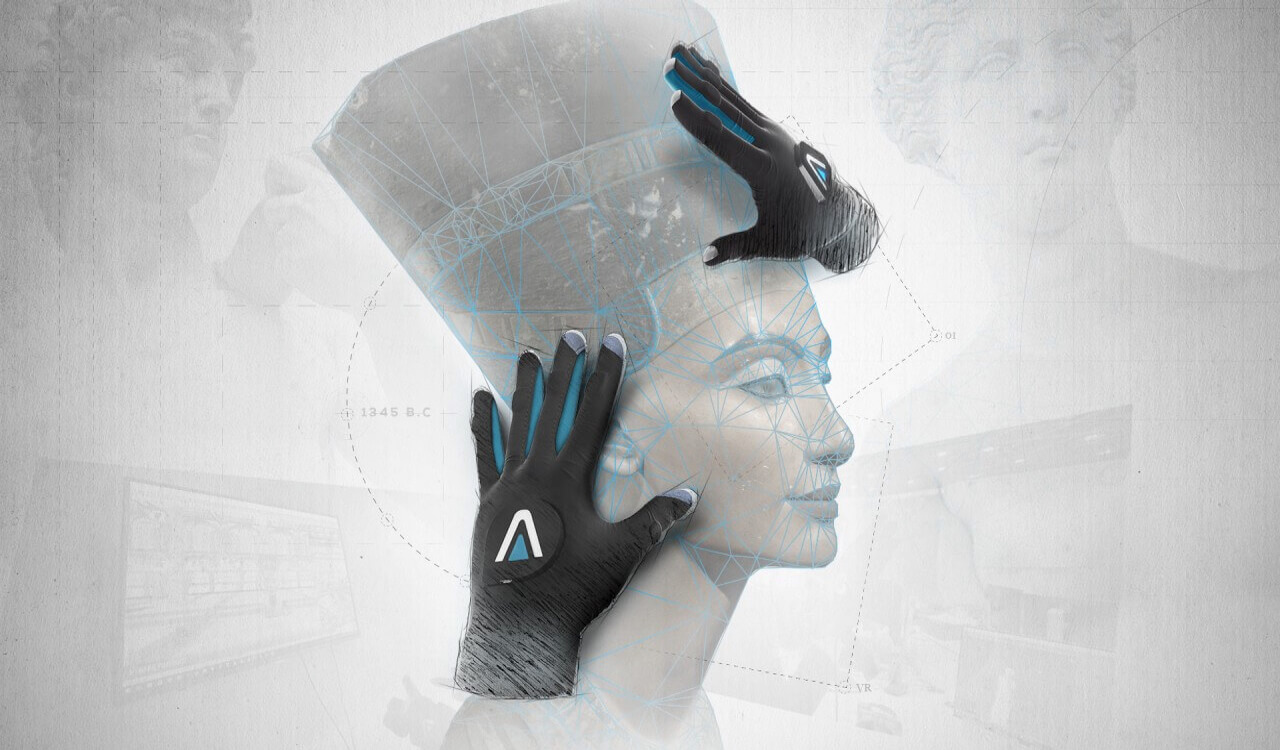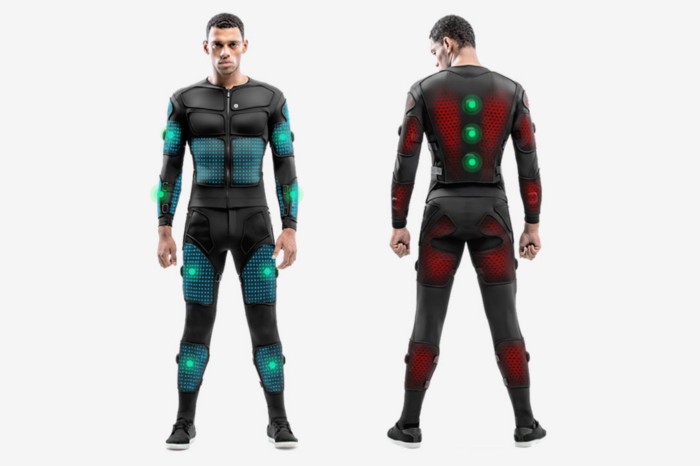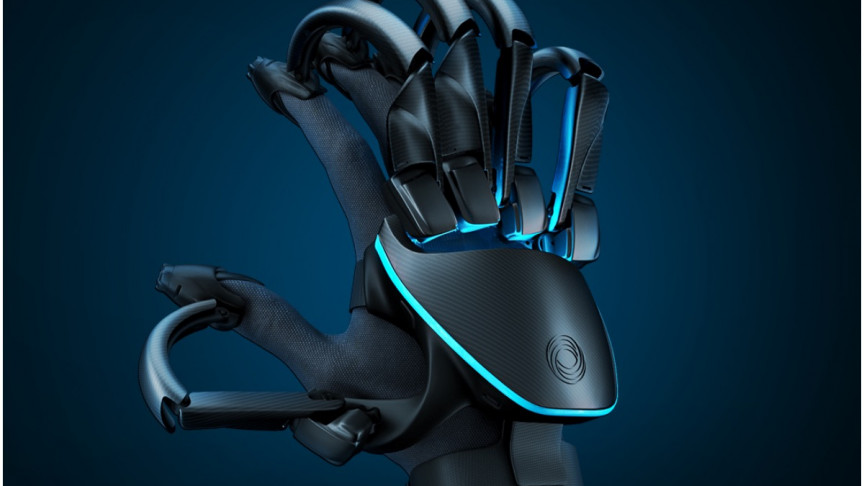 Back to all articles
Back to all articles
Blogs
Exploring The Tactile VR: A newest Virtual Reality (VR) Interface


Working abroad is a transformative experience, but living in a foreign country where there is no sense of familiarity can sometimes make you feel homesick. To overcome this feeling of loneliness, tactile virtual reality is what you need.
Do you know about virtual reality technology? Have you ever gotten a chance to play Beat Saber on PlayStation VR? Put simply, you can get immersed in any surroundings using this tech through a helmet or VR headset. Tactile virtual reality is similar but advanced tech that remotely conveys tactile signals from one place to another.
Have you ever played a video game with controllers that vibrate when your player takes a hit? If yes, you have witnessed the true sense of touch to virtual reality.
So let’s explore the VR tactic in detail.
How Does Tactile Virtual Reality Work?
Tactile VR is a mixture of two realities; it links physical materiality with digital information to give you an interactive adventure. In this division of VR, a feeling of touch is developed owing to haptic skin. The contact is formed through visual and auditory stimuli that replicate sensations skin to the physical world.
Tactile virtual reality uses electric actuators, hydraulics, and pneumatics for different devices and gives sensations to you to feel solid objects by applying pressure or resistance.

The most common example is the use of gamepads in which the electric motors give feedback vibrations. Apart from that, data gloves track your hand movements according to the demands of the game. It restricts your grip and allows you to feel an object in reality.
Do you want to know more about tactile virtual reality technology? For this, you need to have a good understanding of haptic technology.
Haptic technology is something that stimulates an artificial sense of touch in you. It contains tactile sensors and kinetic components to exert stimulations on a particular set of users.
Example:
Have you watched the “Ready Player One” movie? The protagonist in this movie wears the haptic suit that relates to tactile virtual reality. This haptic suit delivers feedback through a sense of touch to virtual reality.
The haptic suit recreates the sensation of touch with the feelings of physical exertion and temperature. It tracks biometrics (EEG and Galvanic Skin Response) to detect body stress.
What Are The Primary Advancements in Haptic Devices?
Are you aware of new haptic devices that rely on virtual reality technology? Here are a few examples that demonstrate how different companies are working on wearable haptics. The haptic technology is used and accepted in the commercial sector the second. The first common industry is the gaming industry that shows a progression in this technology.
Now it’s gradually penetrating into every other industrial sector with few complexities like virtual modeling and rendering of industrial equipment. Below are the few renowned companies and their contributions to tactile virtual reality.
1- Exiii Inc.
Exiii Inc. introduces a wearable haptic device named Exos, and it delivers the tactile feedback of different virtual objects. It lets you hold, touch, and grasp virtual objects and move muscles and tendons to feel the sensation of touch.
2- Valkyrie Industries
Valkyrie industries conceived a modern haptic VR suit with the use of electrical impulses to stimulate muscles, effect resistance, and the touch of the user. This particular haptic suit is referred to as Iron Man in its 1st edition.

3- GoTouch VR
GoTouch VR was founded in 2016, and it acts as a reliable wearable gadget to interact with virtual 3D objects. It trains you through high-risk working solutions and involves a real-time control solution of different industrial robots.
4- HaptX
HaptX has a huge history and is now leading into the haptic industry by developing HaptX gloves. They have introduced a wearable haptic glove that utilizes microfluidic technology to follow your commands and allow you to feel the sensation. It comes with a VR headset, tracker, and central control box.
What is The Future of Tactile Virtual Reality?
Considering its transformation and its future, tactile virtual reality efficiently moves from wearable devices to handheld haptics and involves a sense of touch to virtual reality. It supports large-scale body movement to eliminate the limitations of wearable haptic technology. In the future, challenges like complex wiring in a device, the weight of the device, constrained hand movement, etc. tend to be eliminated.
Tactile virtual reality is a success to handheld haptic technology and allows users to rely on virtual objects to touch and feel the physical objects that connect to smart computers.
News: Facebook CEO Mark Zuckerberg announced a new prototype of VR gloves that works on delivering gloves to work with the available VR headsets.

Conclusion
Virtual reality technology evolves day by day and gains popularity thus it is easier to analyze tactile virtual reality as a next frontier. In the future, many researchers have suggested a common advancement in the application of tactile VR that evolves VR player bio haptics.
There are certain innovations like full interfaces touch or touch over the internet through a long-distance as a part of virtual reality technology.
Do you have other effective ideas for the use of tactile virtual reality? Contact us if you want to use virtual reality technology in different sectors like education, medical especially surgery, etc. We have experts for assistance!
Don't hire us right away
talk to our experts first,
Share your challenges, & then decide if we're the right fit for you! Talk to Us
Partnerships & Recognition
Commitment to excellence






